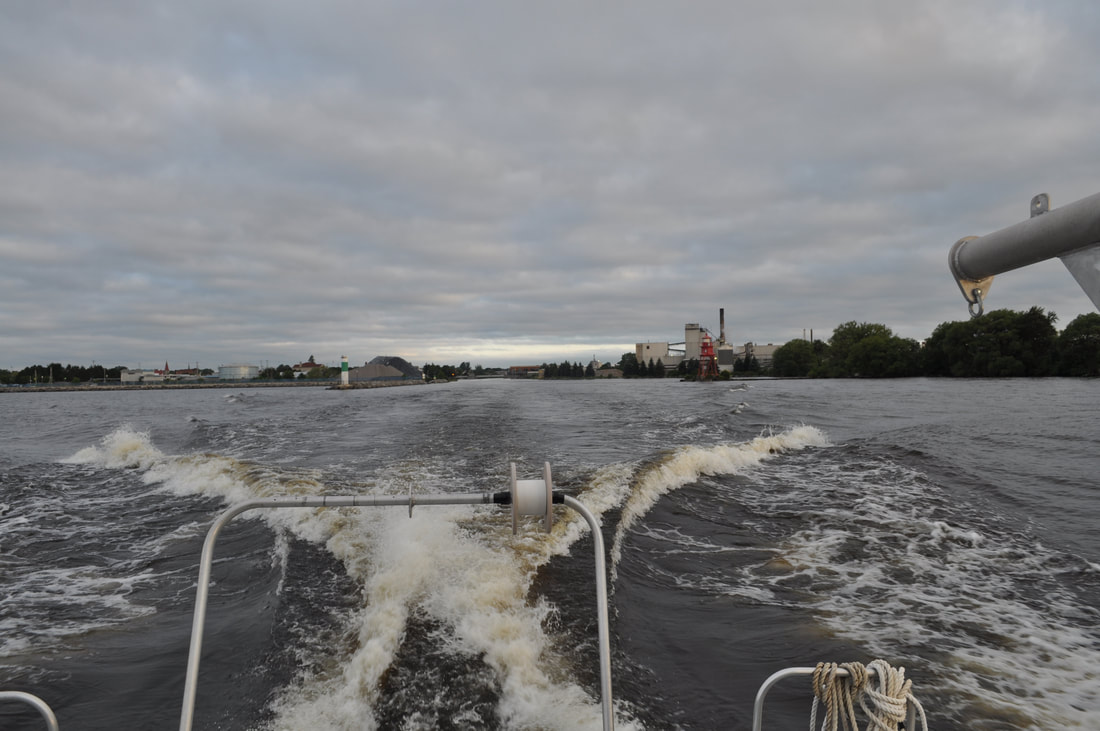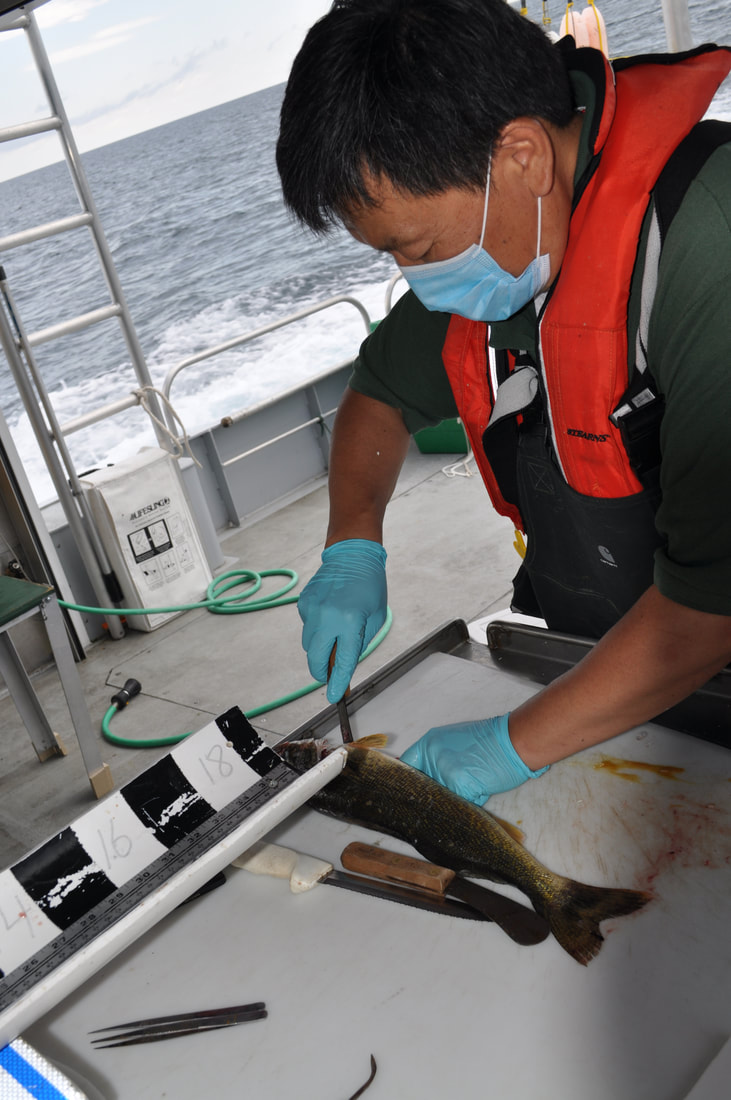|
I am on a mission to capture every fish species in the Great Lakes. See my progress here
AuthorBrian Roth ArchivesCategories |
Back to Blog
So much for spring surveys10/22/2020 COVID-19 has disrupted many aspects of everyday life. One that may have flown under the radar was the cancellation of spring fish population surveys conducted by management agencies around the country. These surveys are responsible for assessing populations of recreationally, commercially, and culturally-important species. Here in the Great Lakes, one of the most important of these surveys are those conducted for Lake Trout. Lake Trout surveys usually occur in May or June, depending on lake and latitude. For my sabbatical, I had hoped to accompany management agencies to on some of these sampling trips, as they represent the best chance I’ll get to capture species only found in “The Big Water”. So imagine it’s now late July, and I’m heading up to Alpena to go out with the Michigan DNR on Lake Huron. I am so grateful to finally be able to get out of the house and get on the water. I was invited by colleague and collaborator Ji He, a Fisheries Biologist with the MDNR. Ji is an expert on Lake Trout in Lake Huron, and has been on the staff at the Alpena Fisheries Research Station for a LONG time.  Leaving Alpena on the R/V Tanner Leaving Alpena on the R/V Tanner So I hauled my ass up to Alpena, leaving the house at 3:30 in the morning to get up there by 7. Oscoda is a LONG way from Alpena, but at that time DNR personnel were unable to stay overnight away from Alpena. So I spoke with Ji as we headed to Oscoda at 18kts on the R/V Tanner to retrieve standardized gillnets. That is to say, it was LOUD. REALLY loud. I may or may not have only heard somewhere between 30-75% of what Ji was saying. I really don’t know, because like I said--it was loud. While Lake Trout are doing monumentally better than they were historically, the question remains whether they should be doing better than they are. Further, even though we’ve been conducting these surveys for 30 plus years, we have almost no idea how effective or efficient our methods are. Ji and I talked at length (I think) about how to best determine whether gillnets represent an accurate depiction of Lake Trout abundance, even in a relative sense. The water is now so clear on Lake Huron, there is a chance that the ability of gillnets to capture Lake Trout has declined through time. Think about it—if you see a giant spiderweb in your way as you’re strolling through the woods, you generally don’t walk into it. But if it’s really foggy, you might stand a better chance of ending up getting real comfortable with an eight-legged friend. Our catches were low. The crew said usually they’ll handle a couple hundred Lake Trout, along with dozens of burbot, Lake Whitefish, Round Whitefish (called Menominee locally) and various other deepwater species. We maybe caught a dozen Lake Trout in 4000ft of gillnet. We actually ended up catching more Walleye than Lake Trout. I was able to add three species to my list: Lake Trout, Round Whitefish and Coho Salmon. Such is the perils of conducting spring surveys in mid-summer. Nonetheless, we were able to get some stomachs for the Predator Diet Project, and I got to spend a day out on the water. A big thank you goes out to Ji He, Captain Bill Wellenkamp, and the rest of the R/V Tanner crew. Hopefully I’ll be able to go again in spring of 2021. And by that, I mean actual Spring.
2 Comments
Read More
11/5/2022 07:24:35 pm
Hold assume save. State carry support approach through question.
Reply
Leave a Reply. |
 RSS Feed
RSS Feed
